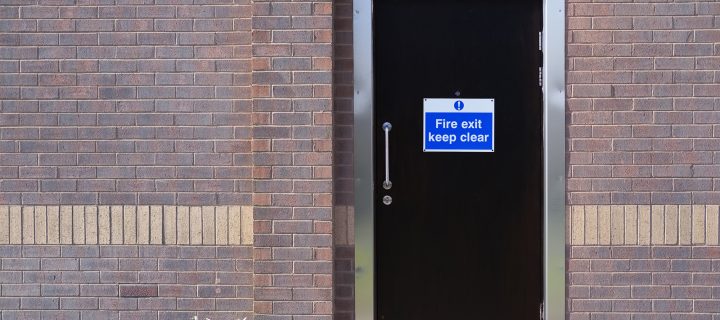There are numerous pieces of legislation and regulations that are in place to help keep those who live in flats safe from fire.
This includes the Building Regulations, Fire Safety Bill and the changes to Approved Document B, the latter two of which were brought forward and put into action in 2020. This covers a whole host of things such as lifts, entrances, building materials and the provision of safety instructions that can be easily understood by residents when moving in.
Understandably, there are lots of common questions about how to protect against fire in flats, so this month we’ve answered some of the key questions surrounding this topic.
If you need expert advice or a fire risk assessment in High Wycombe, Watford, Slough or the surrounding region, call today on Call 0175 3907 640 .
Does the Fire Safety Order apply to flats?
One of the key pieces of legislation to be aware of is the Regulatory Reform (Fire Safety) Order 2005. This order applies to all common areas, such as staircases and foyers, of HMO buildings, blocks of flats and maisonettes.
This means the landlord or managing agent will need to do the following:
- Carry out a fire risk assessment
- Consider who is at risk in the building
- Remove or reduce risk within the building
- Ensure there are protection measures for flammable or explosive materials
- Create an emergency plan, detailed to residents
- Address and action any findings
- Review the fire risk assessment, as required
Meanwhile, it’s the residents’ responsibility to ensure fire detection equipment – such as smoke detectors – is kept in working order inside their flat to help raise the alarm early in the event of a fire.
Do flats need a fire risk assessment?
- Yes, a fire risk assessment is required for blocks of flats.
The building is legally required to have a fire risk assessment for the communal areas, which includes the doors to individual flats. It is your landlord or managing agent’s responsibility to arrange for this with periodic reviews recommended depending on the block itself and the risk level involved.
How many fire extinguishers do you need in a block of flats?
There are two types of housing where the recommendations on fire extinguishers differ.
Firstly, the National Fire Chiefs Council’s recommendation for Specialised Housing is to not have portable fire extinguishers provided except in communal areas. This is because residents would not be expected to tackle a fire in order to make their escape.
However, guidance for other types of housing comes from LACORS (Local Authorities Coordinators of Regulatory Services) Housing – Fire Safety, which states that portable fire extinguishers are not recommended inside units of accommodation, but a simple, multi-purpose extinguisher is recommended on each floor in common parts of HMOs and buildings containing flats.
A fire risk assessment should identify additional areas that require specific portable fire extinguisher coverage, such as boiler rooms, plant rooms, server rooms and laundry rooms.
With this said, there is nothing stopping individual flats from obtaining a portable extinguisher or fire blanket for use in their flat.
How many fire exits should a block of flats have?
According to Approved Document B, the number of fire exits and escape routes depends on:
1. The number of occupants in the room, tier or storey
2. The limits on travel distance to the nearest exit
This means that the number of fire exits will vary from building to building. Exits should be reviewed in line with the specific guidance outlined in the Approved Document B when there are changes to the building or occupancy levels. It should be noted that windows are not counted as official fire exits.
Advice for landlords
Fire safety may seem confusing, but it’s vital that you adhere to the law in order to safeguard lives within your building and provide adequate protection to make residents safe. Here are a few tips from the team at TVF (UK) Limited:
- Always obtain a copy of your fire risk assessment if your managing agent has this carried out
- Review your fire risk assessment every 1-2 years
- Redo your fire risk assessment every 3-4 years
- Implement the recommendations from your fire risk assessment
- Install at least one smoke alarm for every storey and CO2 detectors for any rooms with a solid fuel burner
- Implement regular resting and maintenance of fire detection equipment
- Reassess your fire risk assessment with any changes to your building
Not sure of your legal obligations when it comes to your portfolio of flats? Or do you require a fire risk assessment for your building?
For professional help from our friendly, qualified team here at TVF (UK) Limited, simply call Call 0175 3907 640 today ro send our team a message with our contact form.













